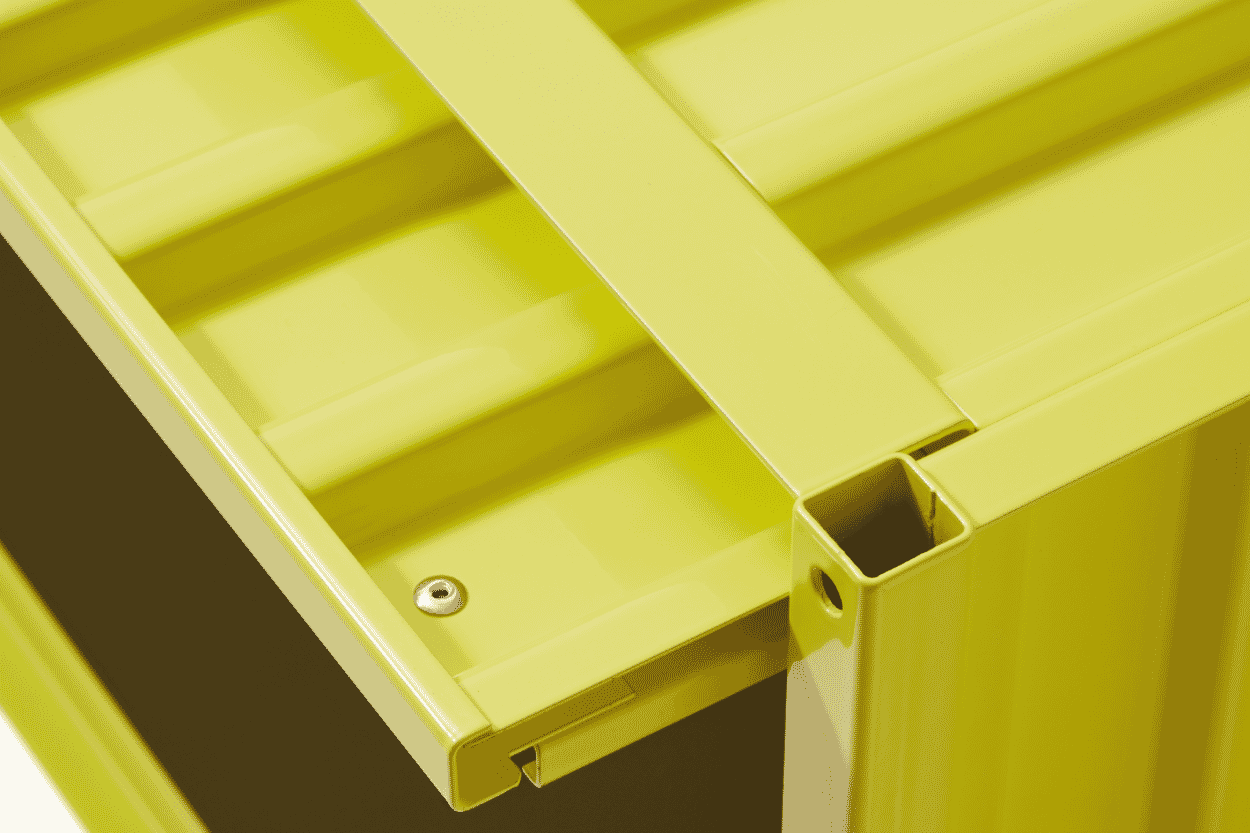Natural light
Lights on, all good? Not quite: If you want to illuminate your balcony, patio and garden, you should also think about your animal neighbors. This is because many insects and birds are severely affected by artificial light sources outdoors. We explain what is important.
Text:Jasmin Jouhar
It's dark at night in our latitudes. So far, so clear. But anyone who sits out on the balcony for a long time in the evening in summer or has a few friends over for a garden party would like to bring light into this darkness. Even the path to the garage or garden gate feels more pleasant when it is well lit. Last but not least, outdoor luminaires convey a sense of security. So lights on and all is well? Not quite, because we are not alone outside. We share balconies, patios and gardens with all kinds of creatures. And regardless of whether they are active during the day or at night: insects, birds and other animals live according to a natural rhythm and are dependent on the change between light and dark.
For some, the night's rest begins as dusk falls - too much artificial light can severely disrupt their resting phase. Nocturnal animals, especially insects, are also affected by brightly lit front gardens and seating areas. This is because darkness offers them protection from predators. Lights can become a death trap because they interfere with animal navigation. They outshine natural light sources such as the moon many times over. In times of alarming species extinction, we should also think about our animal neighbors when lighting our outdoor spaces - these tips and advice will help to make lighting more compatible.
BETTER RED THAN BLUE
An important factor is the light color: Many insect species are particularly attracted to short-wave, bluish light. For outdoor areas, it is therefore better to choose light sources with warm white light, which has a higher red component. This can be recognized by the so-called colour temperature, which should be no more than 3,000 Kelvin, preferably even a maximum of 2,700 Kelvin. Advantage of LEDs: They emit little to no UV light and are therefore more insect-friendly.
TECHNICAL HELPERS
What goes without saying indoors also applies on balconies and patios: lights should only be switched on when we really need them. Technical helpers such as timers or twilight sensors can support us in this. Motion detectors are practical in the entrance area or along paths, for example: The light only comes on when someone walks past. Solar lights that do not require a power connection have also become popular. Their battery charges during the day and the light source switches on automatically in the evening. However, out of consideration for the animal world, the lighting duration should be limited.
THE RIGHT DIRECTION
Also important: light sources outdoors should only shine downwards to illuminate the wider surroundings as little as possible. They should therefore be positioned as far down as possible, for example along paths. Always remember: light needs a reflective surface to be effective. A spotlight directed into the sky creates little brightness, but disturbs the wildlife considerably.
LESS IS MORE
In general, as is so often the case in life, the following applies to outdoor lighting: Less is more. Instead of flooding large areas of the lawn and illuminating the apple tree as bright as day, light sources should be placed in selected areas to structure the garden with light. Intensity is also important: The less bright the light sources are, the better. So that all living creatures have an equally good time outside.
Image: Porsche AG Corporate Archive
Illustartions: Clo'e Floirat
EXTERIOR LIGHTS
More worth to know
Time for a thought experiment! What if plastics were a valuable resource - and not endlessly and cheaply available? This change of perspective could help us break free from our toxic relationship with plastic. The goal: to consume plastics more consciously.
For a long time, it was considered a foregone conclusion: cheap products come from abroad. Often enough, this was also the reason for opening up international supply chains. Can we free ourselves from these supply chains? What about Europe as a location for innovation? What are the advantages of producing locally?
Durable, versatile, low-emission, efficient. Powder coating may not sound so glamorous, but if you want a colorful finish, there is hardly a better process for surface protection. Thanks to electrostatic effects, perfect surfaces can be produced. And when the going gets tough, they show character.

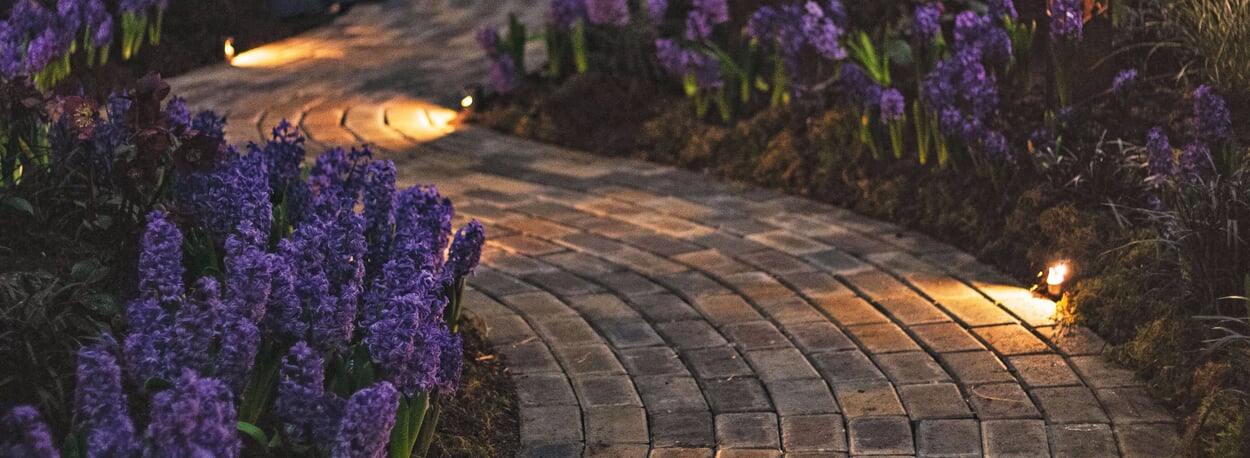

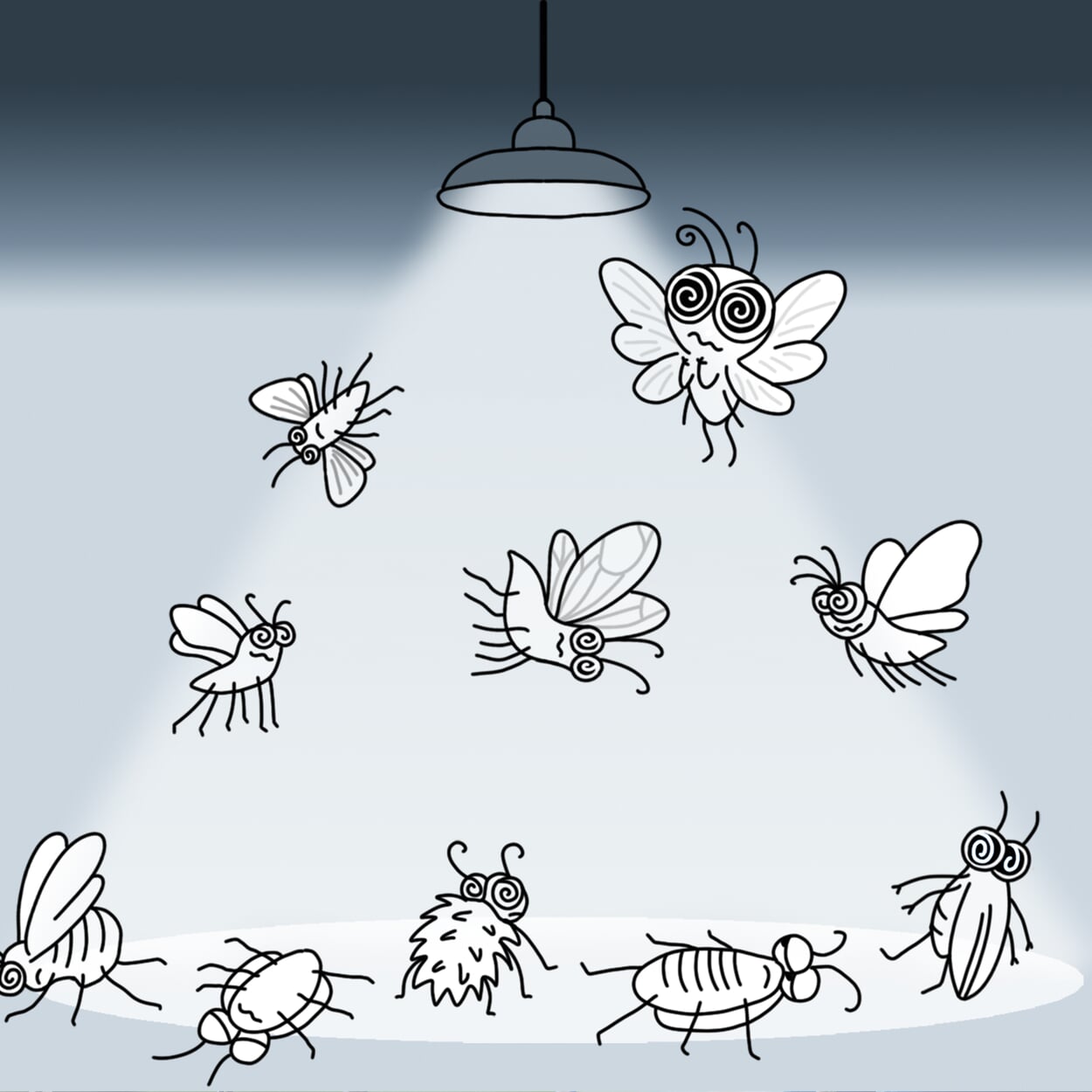

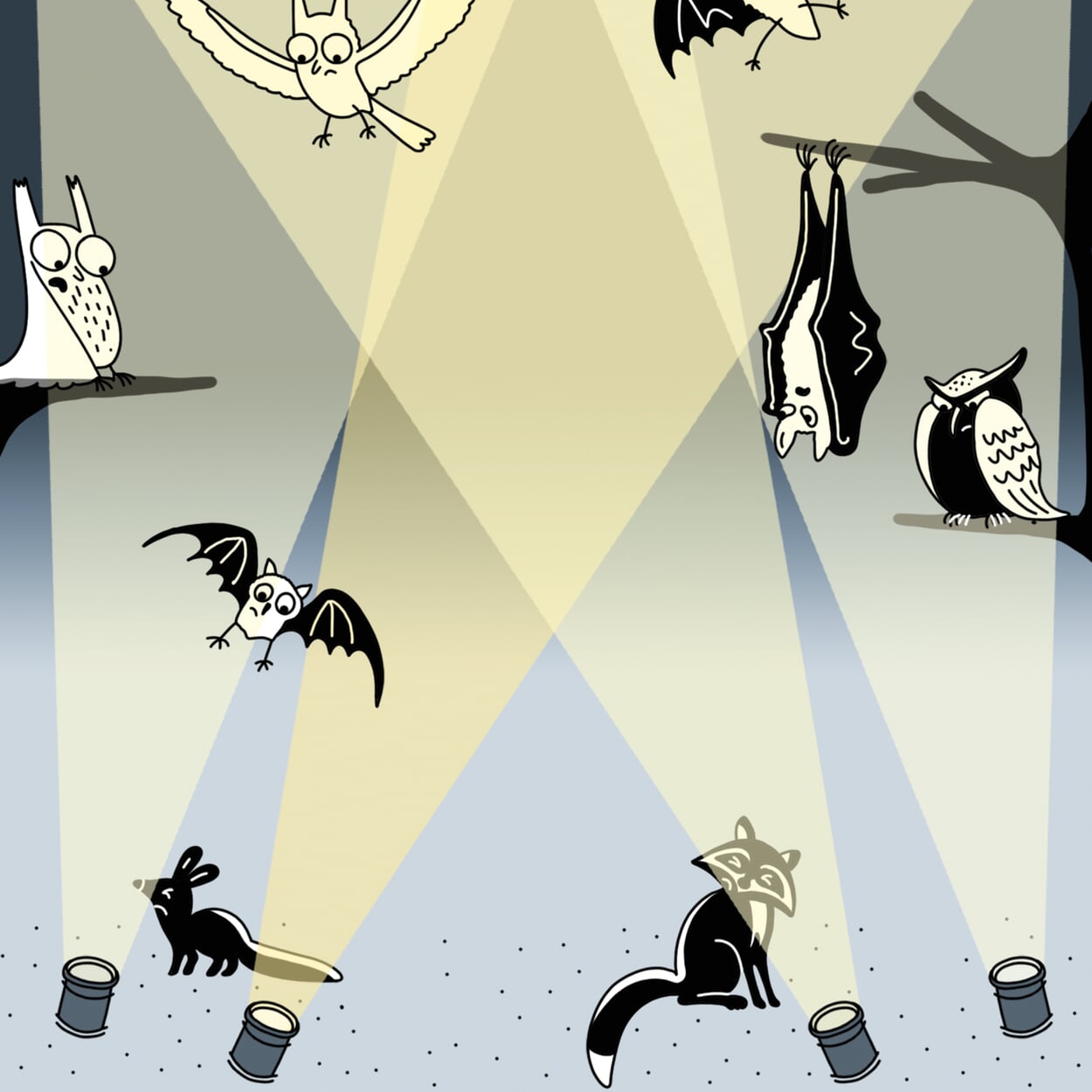



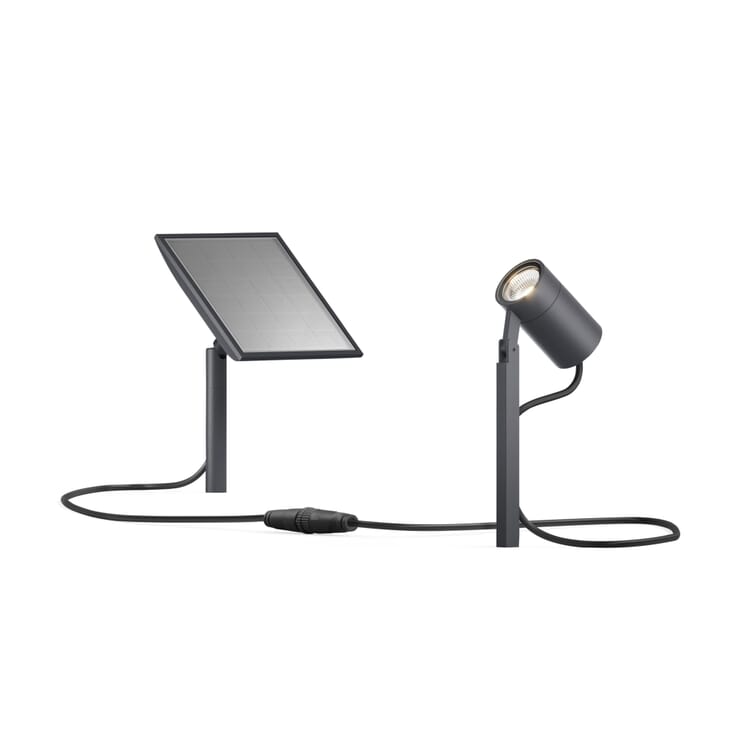



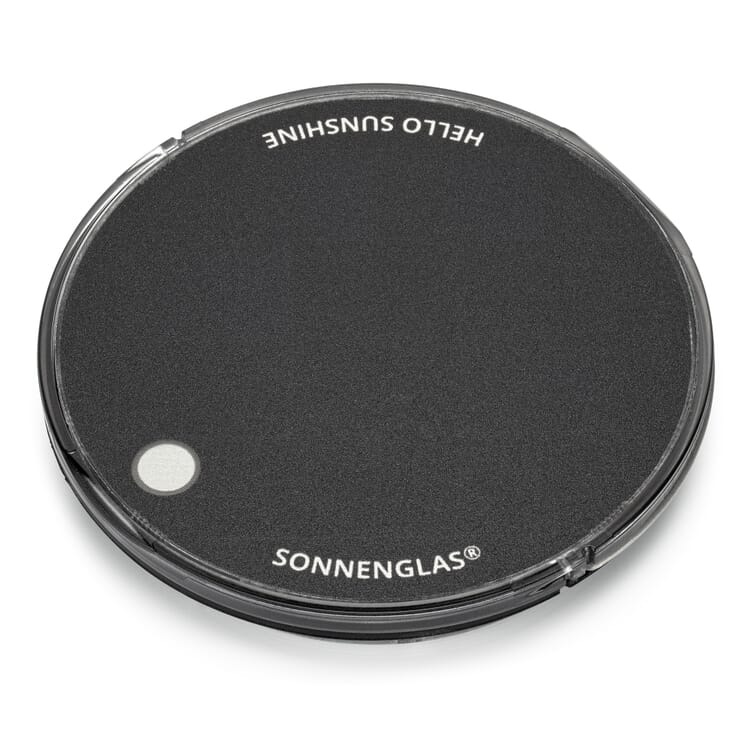

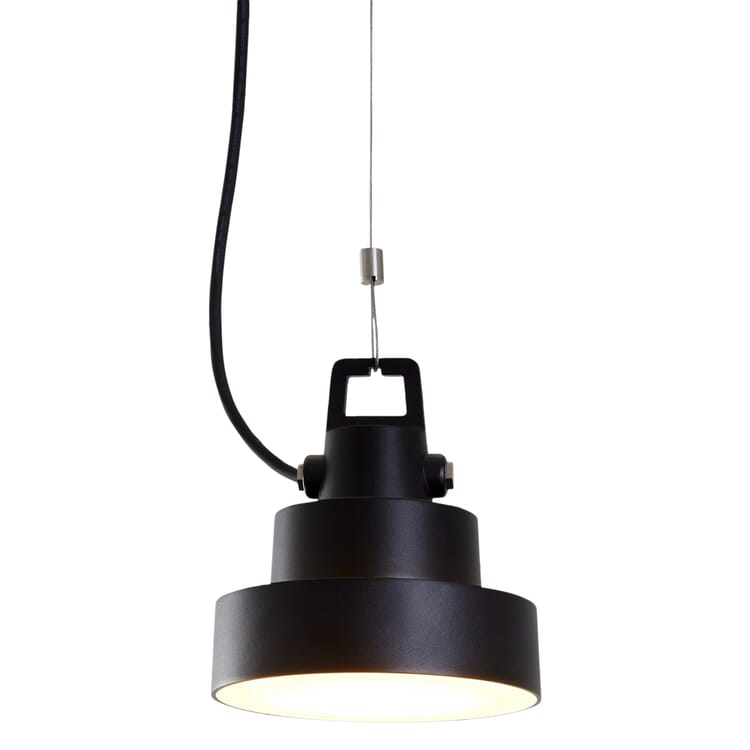

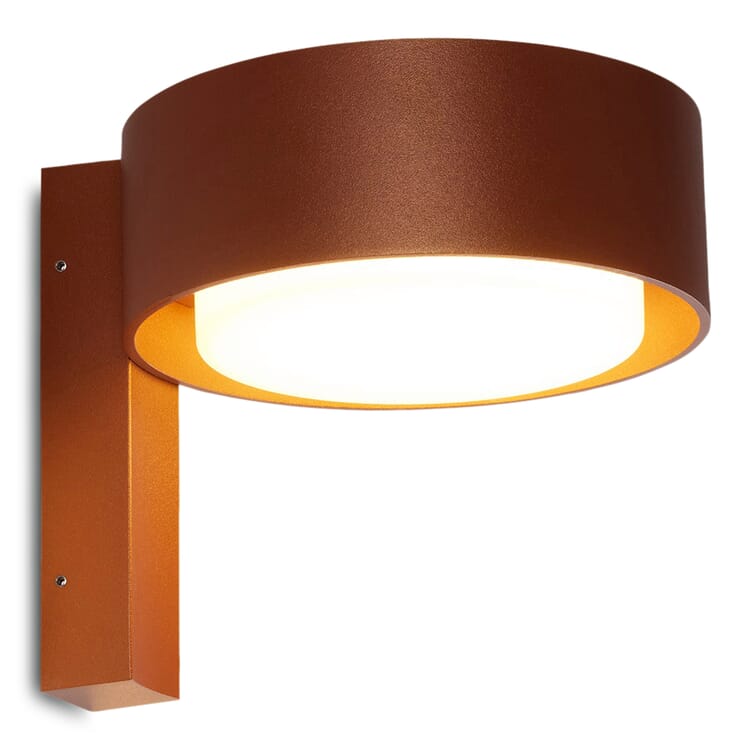

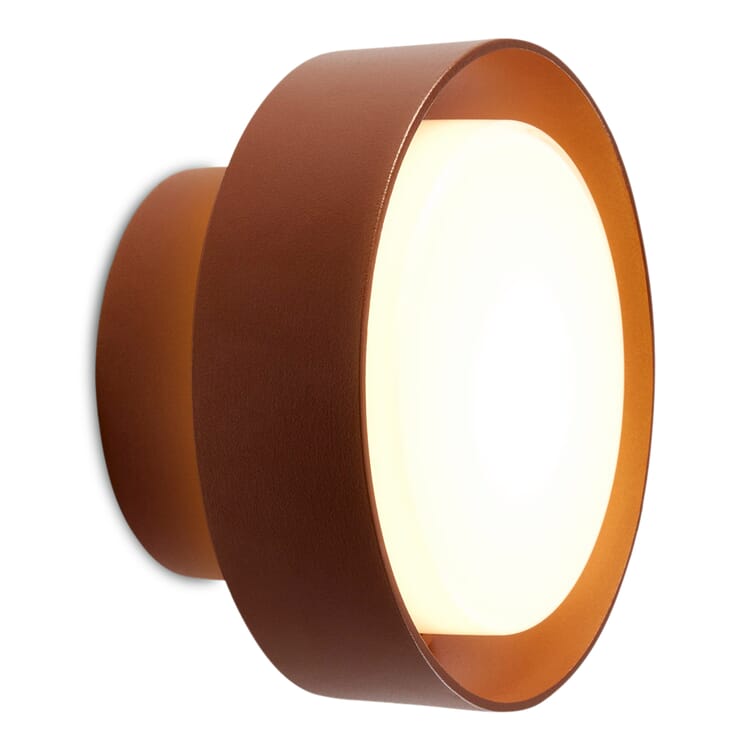










.png?profile=kuratorteaser_32)
.png?profile=kuratorteaser_1250)
.png?profile=kuratorteaser_32)
.png?profile=kuratorteaser_1250)

